Some notes on La 74
The work takes its title from L'alcova d'acciaio, the book that Filippo Tommaso Marinetti dedicates to the last months of his war experience in the First World War. The book also recounts the exploits of the young lieutenant aboard the "74", the armoured self-propelled Lancia-Ansaldo 1ZM with which he threw himself towards the enemy front. Cavenago takes up Marinetti's machinist myth to re-propose La 74 in a symbolic and anti-war key. The new vehicle-alcove with which the artist delivers a reinterpretation of the aesthetic experience of the early Futurism, is a Cor-Ten steel "car armor", created by zeroing all the offensive indications of the inspiring vehicle. Although defused and reduced to a minimal volume, it nevertheless retains an aura of enigmatic aggressiveness: La 74 is a sculpture on wheels, apparently inaccessible, inside which is placed a symbolic alcove consisting of two military-inspired berths.
Luigi Di Corato
La 74 at Villa d'Este
A sculpture in assembly box
Placed in a precarious position, on the grassy ground of one of the sloping squares in the northern part of the garden, La 74 is a sculpture on wheels made of about sixty pieces of CorTen steel and galvanized steel, bolted to each other. The assembly of the constituent elements is organised according to a scheme, prepared by the artist, which specifies criteria, order and sequences for the recomposition of the entire sculpture.
Nicoletta Cardano
La 74 at Villa d'Este
A sculpture and a novel
The work is presented as a closed, armoured volume, with an interior accessible from a hatch on the rear side, an equipped space where there are two berths and a provision of essential equipment for the assembly and disassembly of the sculptural vehicle (ladder, hoist with guide, tool box, mounting bolts, lifting crick, level, tools for recording and adjusting the alignment of the wheels, etc.).
The vehicle is a sort of volumetric armoured car, equipped with non-steering wheels, static in its metallic mass of three thousand kilos, apparently immovable.
As its name reveals, it derives from a suggestion for the La 74, the car armor of F. T. Marinetti from the novel L'alcòva di acciaio (1921), from which he also takes up the idea of the interior, in an alky and irreverent alcove, of technological furniture. The work has developed from Monocromo bianco, 2005, exhibited at the exhibition La scultura italiana del XX secolo, Fondazione Pomodoro, Milan (2005): an improbable block with wheels, of material declared as stone, but of dubious consistency, painted in oil and hung on the wall as if it were painting on a stone. In La 74, the same volume is rethought as a sheet metal box, according to engineering methods that make possible the implementation of a movement intended as an easier possibility of installation and disassembly, and as a real movement of the sculpture itself on wheels.
Nicoletta Cardano
La 74 at Villa d'Este
A moving sculpture
The reflection on the potentiality of the movement of the sculptural object, in the two senses of the dynamism of the static mass and the motion and transportability, physical and conceptual, of the artistic work, has been the main theme of Cavenago's research from the beginning. After putting geometric volumes in galvanized steel on wheels, between 1988-89, he created Camion e Camion a T, simplified vehicles, always in galvanized sheet metal, the result of a minimization of the original shape, composed of a parallelepiped resting on a horizontal plane and lying on a four-wheeled plinth. A further development is Half Ton (1989), a sculpture made like a gigantic TIR, with large regular wheels and so out of measure that it occupies the interior space of Studio Marconi 17 in Milan. Painted as white as the exhibition hall, it has a movement limited by the relationship of measurement with the space, with which it integrates almost to assimilate itself to an architectural element of the same.
Nicoletta Cardano
La 74 at Villa d'Este
A habitable sculpture
La 74 also has references in the conception of the interior space of the structure, which is at the same time a hidden refuge, maneuvering space and asphyxiated prison with Home Sweet Home, an elementary volume of a house divided longitudinally in half, designed for the open-air sculpture competition to be placed in Rozzano (2004).
Made at the Rebuzzi workshop in Brusaporto (BG), the work on La 74 is complemented by an assembly manual, printed in a limited edition, complete with drawings and a time lapse video covering the dismantling - reassembly operations in the workshop, in the studio and finally in Villa d'Este and conceived as a work in progress accompanying the work in its subsequent handling.
Nicoletta Cardano
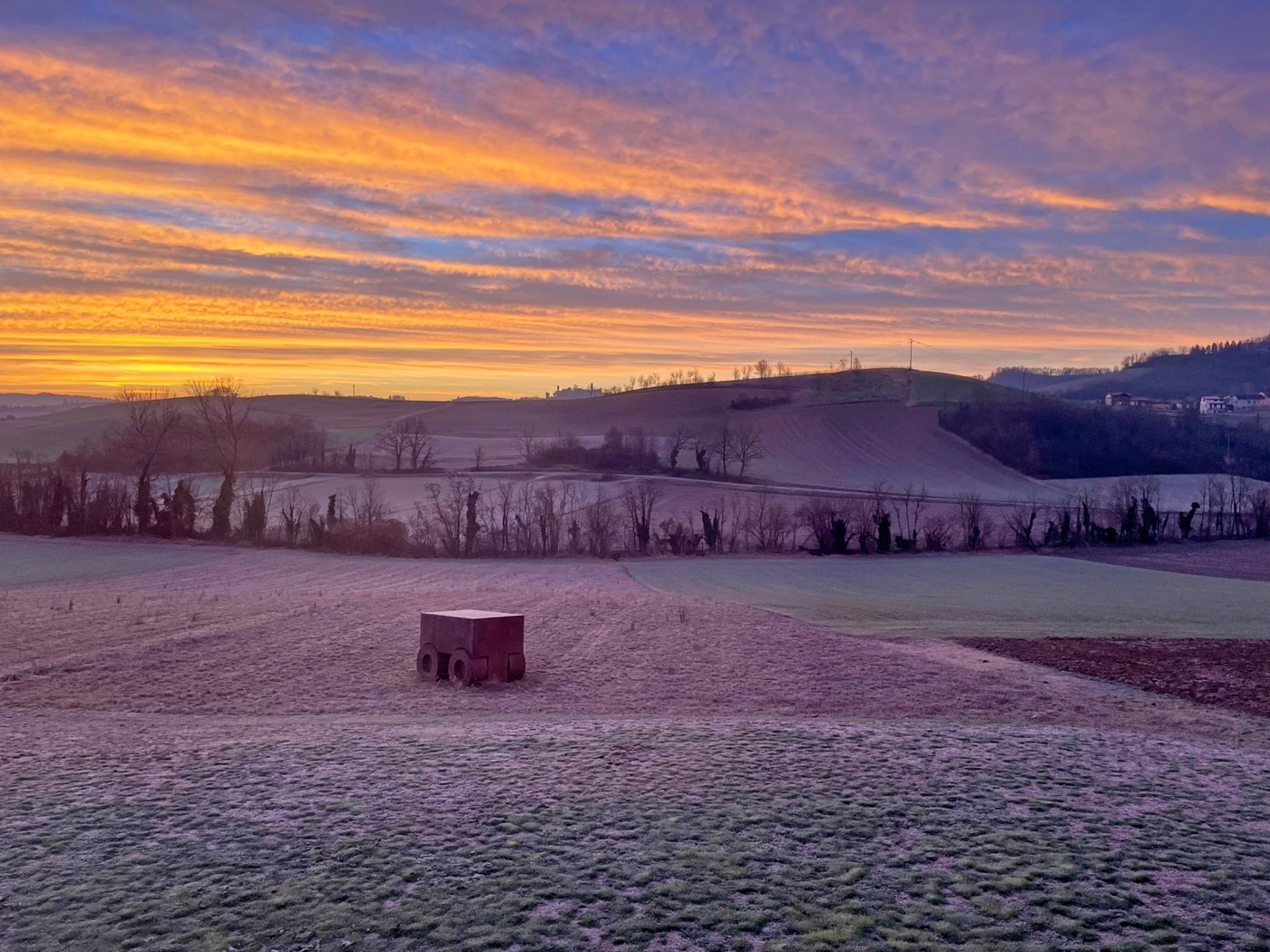
Some notes on La 74
The work takes its title from L'alcova d'acciaio, the book that Filippo Tommaso Marinetti dedicates to the last months of his war experience in the First World War. The book also recounts the exploits of the young lieutenant aboard the "74", the armoured self-propelled Lancia-Ansaldo 1ZM with which he threw himself towards the enemy front. Cavenago takes up Marinetti's machinist myth to re-propose La 74 in a symbolic and anti-war key. The new vehicle-alcove with which the artist delivers a reinterpretation of the aesthetic experience of the early Futurism, is a Cor-Ten steel "car armor", created by zeroing all the offensive indications of the inspiring vehicle. Although defused and reduced to a minimal volume, it nevertheless retains an aura of enigmatic aggressiveness: La 74 is a sculpture on wheels, apparently inaccessible, inside which is placed a symbolic alcove consisting of two military-inspired berths.
Luigi Di Corato
La 74 at Villa d'Este
A sculpture in assembly box
Placed in a precarious position, on the grassy ground of one of the sloping squares in the northern part of the garden, La 74 is a sculpture on wheels made of about sixty pieces of CorTen steel and galvanized steel, bolted to each other. The assembly of the constituent elements is organised according to a scheme, prepared by the artist, which specifies criteria, order and sequences for the recomposition of the entire sculpture.
Nicoletta Cardano
La 74 at Villa d'Este
A sculpture and a novel
The work is presented as a closed, armoured volume, with an interior accessible from a hatch on the rear side, an equipped space where there are two berths and a provision of essential equipment for the assembly and disassembly of the sculptural vehicle (ladder, hoist with guide, tool box, mounting bolts, lifting crick, level, tools for recording and adjusting the alignment of the wheels, etc.).
The vehicle is a sort of volumetric armoured car, equipped with non-steering wheels, static in its metallic mass of three thousand kilos, apparently immovable.
As its name reveals, it derives from a suggestion for the La 74, the car armor of F. T. Marinetti from the novel L'alcòva di acciaio (1921), from which he also takes up the idea of the interior, in an alky and irreverent alcove, of technological furniture. The work has developed from Monocromo bianco, 2005, exhibited at the exhibition La scultura italiana del XX secolo, Fondazione Pomodoro, Milan (2005): an improbable block with wheels, of material declared as stone, but of dubious consistency, painted in oil and hung on the wall as if it were painting on a stone. In La 74, the same volume is rethought as a sheet metal box, according to engineering methods that make possible the implementation of a movement intended as an easier possibility of installation and disassembly, and as a real movement of the sculpture itself on wheels.
Nicoletta Cardano
La 74 at Villa d'Este
A moving sculpture
The reflection on the potentiality of the movement of the sculptural object, in the two senses of the dynamism of the static mass and the motion and transportability, physical and conceptual, of the artistic work, has been the main theme of Cavenago's research from the beginning. After putting geometric volumes in galvanized steel on wheels, between 1988-89, he created Camion e Camion a T, simplified vehicles, always in galvanized sheet metal, the result of a minimization of the original shape, composed of a parallelepiped resting on a horizontal plane and lying on a four-wheeled plinth. A further development is Half Ton (1989), a sculpture made like a gigantic TIR, with large regular wheels and so out of measure that it occupies the interior space of Studio Marconi 17 in Milan. Painted as white as the exhibition hall, it has a movement limited by the relationship of measurement with the space, with which it integrates almost to assimilate itself to an architectural element of the same.
Nicoletta Cardano
La 74 at Villa d'Este
A habitable sculpture
La 74 also has references in the conception of the interior space of the structure, which is at the same time a hidden refuge, maneuvering space and asphyxiated prison with Home Sweet Home, an elementary volume of a house divided longitudinally in half, designed for the open-air sculpture competition to be placed in Rozzano (2004).
Made at the Rebuzzi workshop in Brusaporto (BG), the work on La 74 is complemented by an assembly manual, printed in a limited edition, complete with drawings and a time lapse video covering the dismantling - reassembly operations in the workshop, in the studio and finally in Villa d'Este and conceived as a work in progress accompanying the work in its subsequent handling.
Nicoletta Cardano
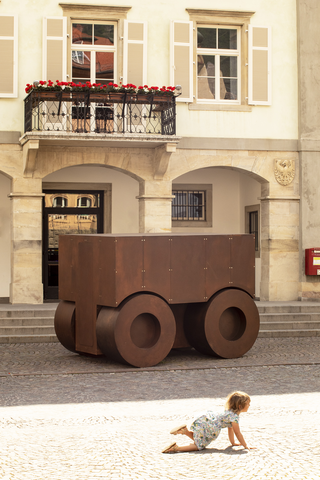
La 74 in Marktplatz a Caldaro on the street of the wine (BZ)
On the occasion of ORTE with Ulrich Egger
at Gefängnis Le Carceri in the spaces of the ex prison of Pretura di Caldaro and in Marktplatz.
Date of start / Startdatum: 20.05.2021
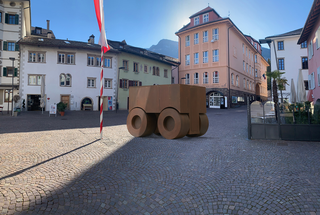
Installation proposal in Marktplatz. (rendering)
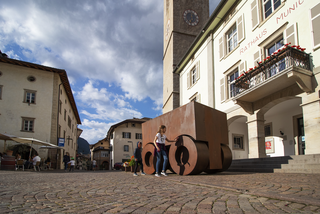
La 74 in Marktplatz a Caldaro on the street of the wine (BZ)
On the occasion of ORTE with Ulrich Egger
at Gefängnis Le Carceri in the spaces of the ex prison of Pretura di Caldaro and in Marktplatz.
Date of start / Startdatum: 20.05.2021
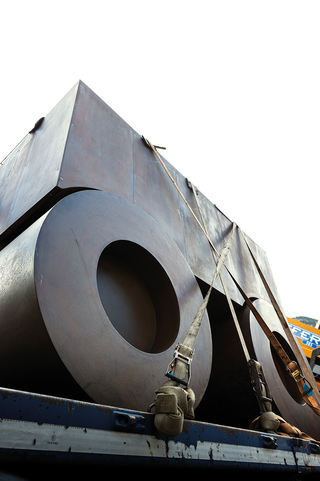
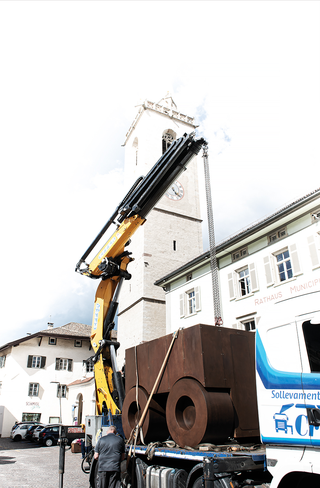
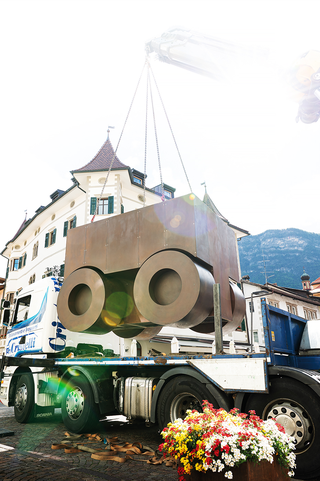
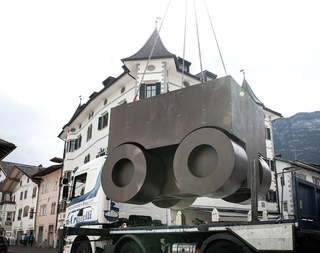
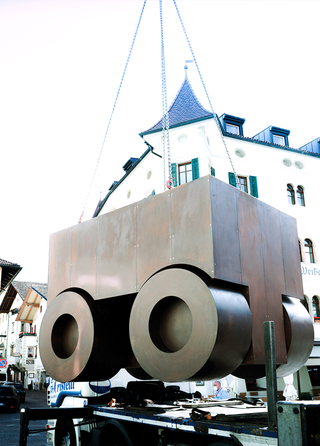
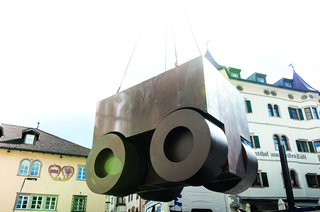
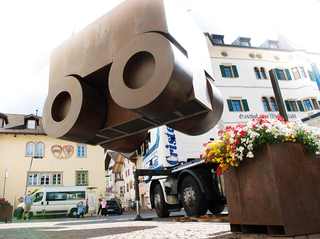
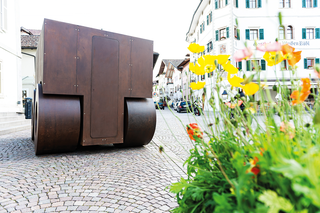
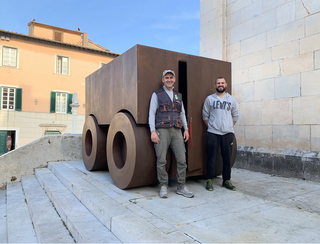
La 74 on the parvis of Sant'Agostino Church, Pietrasanta, 2019
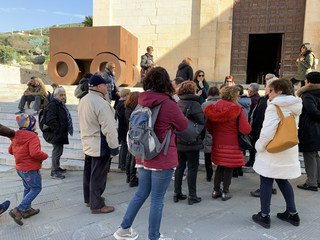
La 74 on the parvis of Sant'Agostino Church, Pietrasanta, 2019
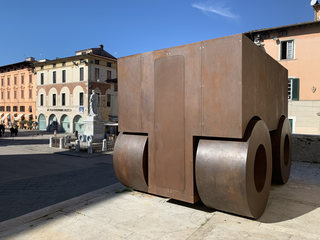
La 74 on the parvis of Sant'Agostino Church, Pietrasanta, 2019
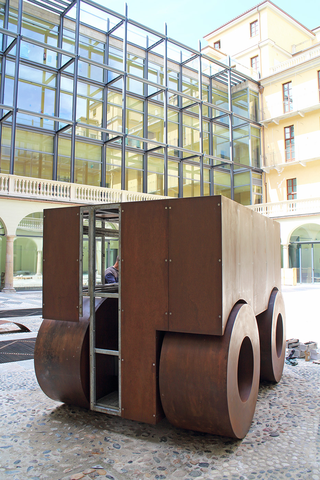
Assembly process, Turin, NH Collection Hotel of Piazza Carlina
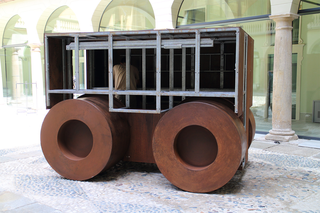
Assembly process, Turin, NH Collection Hotel of Piazza Carlina
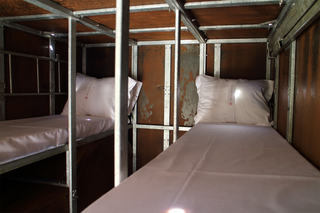
The interior during the installation in Turin, NH Collection Hotel of Piazza Carlina
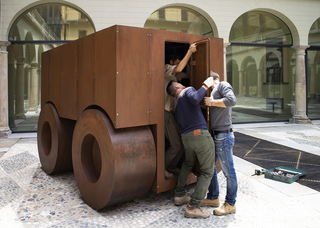
Turin, NH Collection Hotel of Piazza Carlina
Installation of the access door
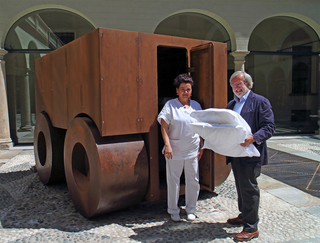
Turin, NH Collection Hotel of Piazza Carlina
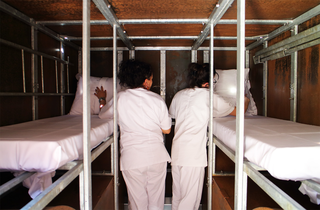
The interior during the installation in Turin, NH Collection Hotel of Piazza Carlina
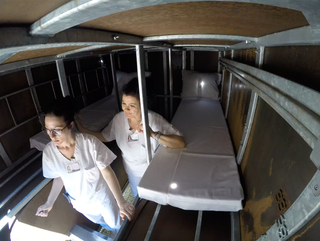
The interior during the installation in Turin, NH Collection Hotel of Piazza Carlina
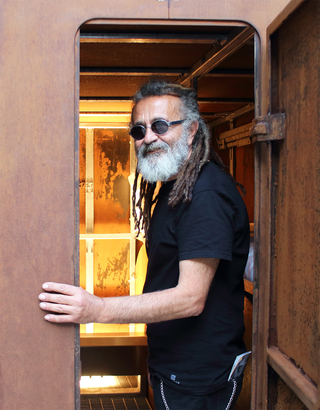
Turi Rapisarda enters La 74 installed in Turin in the spaces of hotel NH Collection
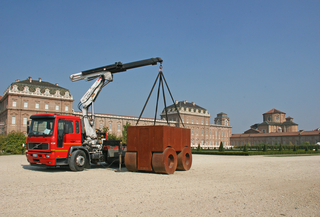
Installation in the gardens of Venaria Reale, 2013
Photo © Ugo Nardini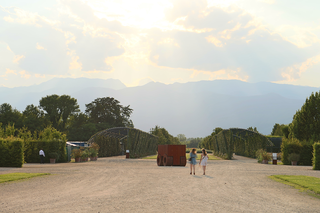
Installation in the gardens of Venaria Reale, 2013
Photo © Ugo Nardini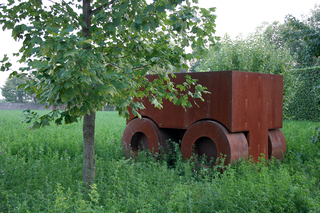
Installation at Casarotto di Albegno, Bergamo, 2012
Photo © Ugo Nardini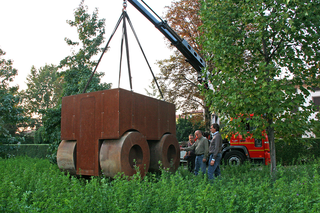
Installation at Casarotto di Albegno, Bergamo, 2012
Photo © Ugo Nardini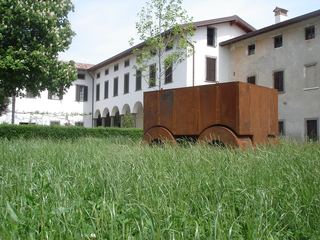
Installation at Casarotto di Albegno, Bergamo, 2012
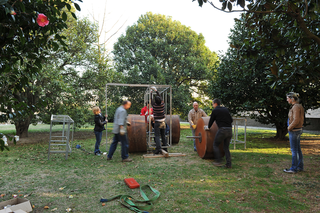
Assembly process on the occasion of the exhibition "Il Resto del Tempo" at Castello Visconteo of Jerago (VA), 2011
Photo @ Umberto Cavenago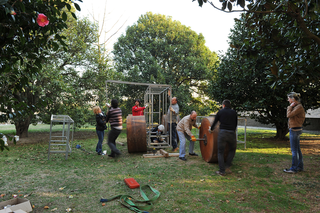
Assembly process on the occasion of the exhibition "Il Resto del Tempo" at Castello Visconteo of Jerago (VA), 2011
Photo @ Umberto Cavenago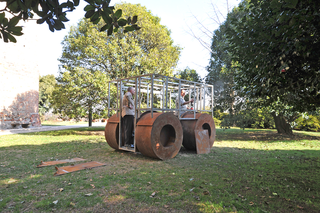
With Luca Scarabelli durind dismantling process on the occasion of the exhibition "Il Resto del Tempo" al Castello Visconteo of Jerago (VA), 2011
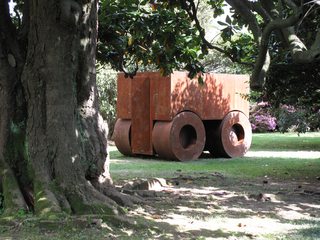
Installation on the occasion of the exhibition "Il Resto del Tempo" at Castello Visconteo of Jerago (VA), 2011
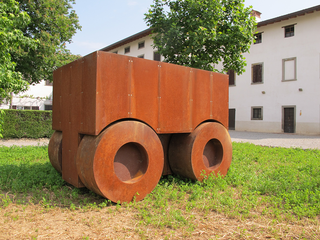
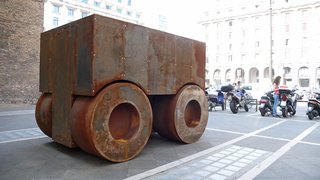
Piazza insurrezione, Padova, 2007
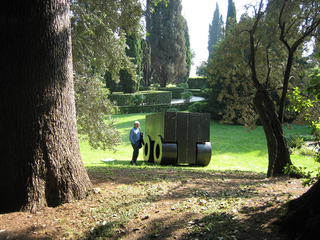
Installation at Villa d'Este, Tivoli, 2006
With Angelo Bogani
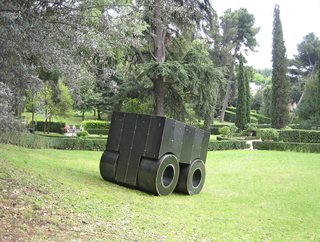
Installation at Villa d'Este, Tivoli, 2006
Photo © Alessandro Zambianchi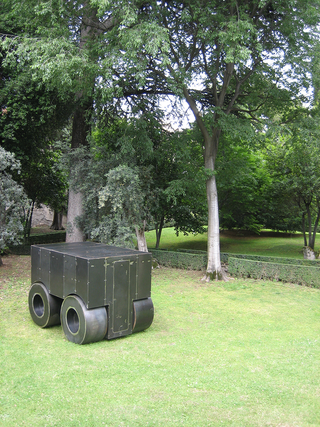
Installation at Villa d'Este, Tivoli, 2006
Photo @ Alessandro Zambianchi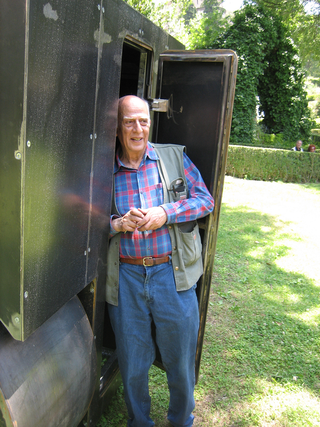
Giorgio De Marchis portryed after the survey inside La 74
Installation at Villa d'Este, Tivoli, 2006
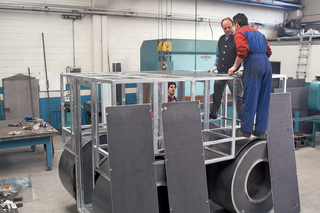
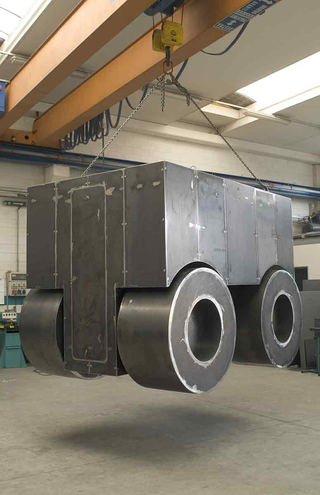
Officine Rebuzzi
Photo @ Alessandro Zambianchi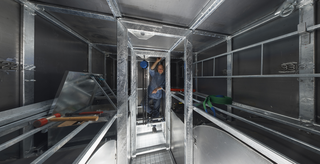
Inside La 74
Photo @ Alessandro Zambianchi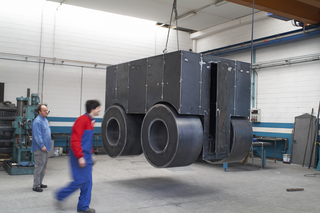
Officine Rebuzzi
Photo © Alessandro Zambianchi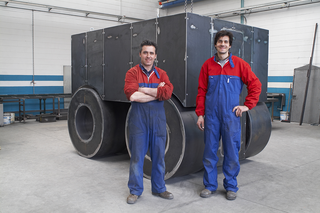
Saule e Morgan Rebuzzi
Photo © Alessandro Zambianchi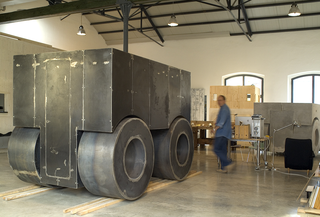
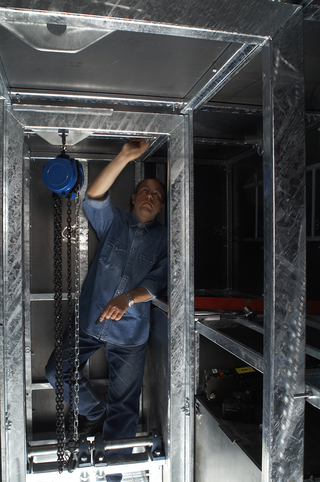
Social
Contatti
umberto@cavenago.info